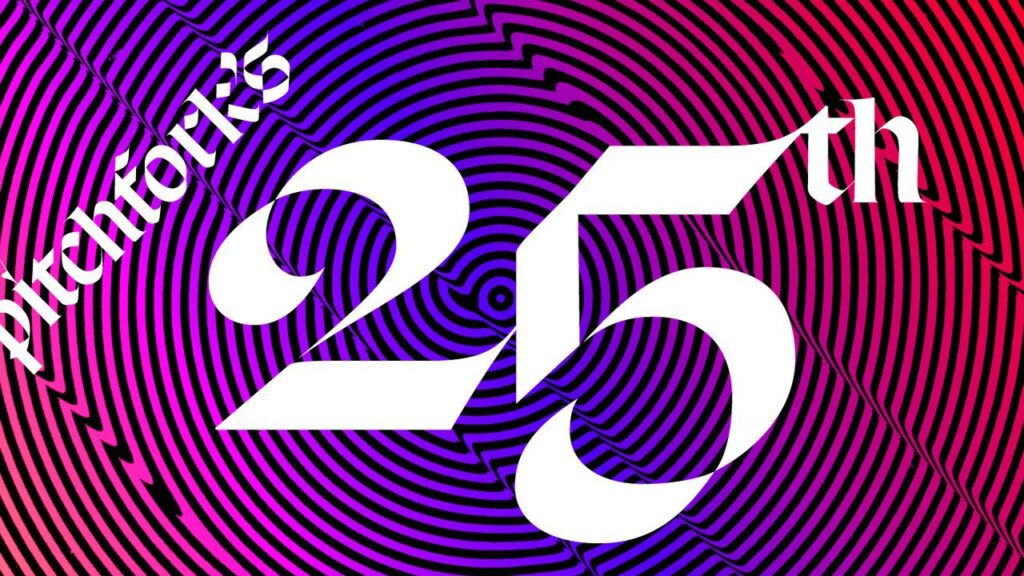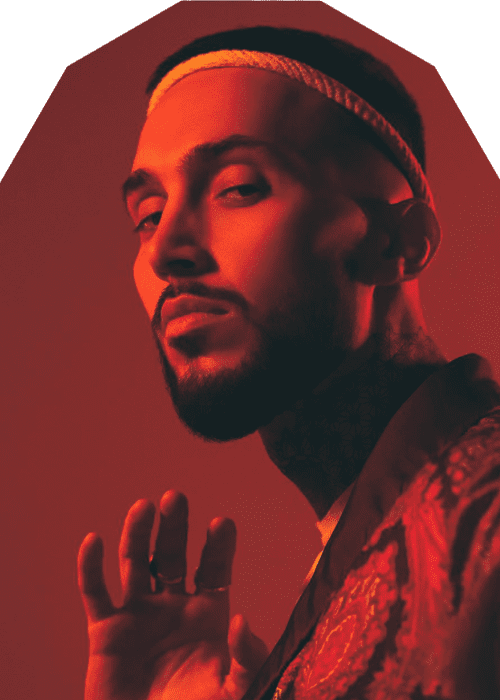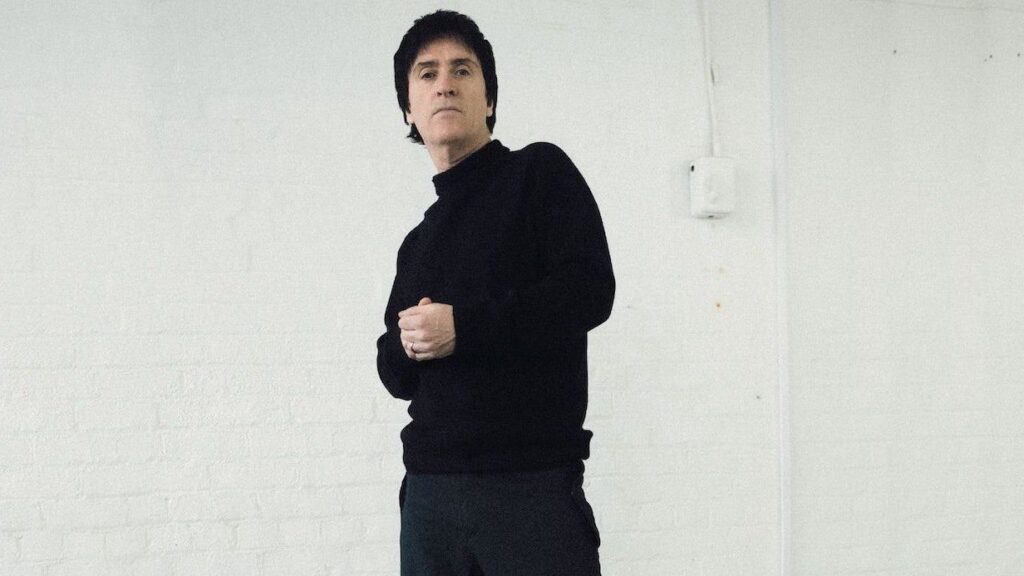
Introducing Pitchfork’s 25th Anniversary Project
I was nine years old when Pitchfork published its first review in 1996: It was a 132-word assessment of the Amps’ Pacer. I lived outside of Baltimore in an extended family of immigrants, from India and Zimbabwe, who loved music and surrounded themselves with it. My mom’s brother had a records and tapes store in their home city of Vadodara, and my earliest understanding of music was shaped by her carefully combing through the piles of mixtapes he’d send to us. Arriving in the United States in the ’80s, my parents were drawn to disco and funk and chart-topping artists like Bruce Springsteen and Tina Turner, who represented their cultural ideas of America. (Their idea of a rock canon was limited to Fleetwood Mac, the Rolling Stones, and the Beatles and, as a result, mine was, too.)
High school and—I hate to admit—movies like Almost Famous and High Fidelity brought about the realization that I didn’t have the same musical background as my friends, who had an easy familiarity with rock’n’roll via their parents’ living through its heyday. So I quietly checked out the Rolling Stone Record Guide from the library and pored over it as if it was homework, downloading classic albums as a tedious exercise that felt crucial to my belonging in a rural-suburban, primarily white town. Thankfully, a librarian noticed my constant renewals of the encyclopedic volume and pointed me to the periodicals room, which had back issues of SPIN.
When I discovered Pitchfork in college, my want to understand historical musical lineages meant I had amassed a ridiculous collection of albums, organized in mp3 form, on a huge, wheezing hard drive. The website quickly became a sort of new, dynamic record guide. In it I saw the value of discovery, of irreverence, of wanting to find the Next Big Thing before everyone else, of having a dissenting opinion just because it was my own. I felt Pitchfork’s closeness to music that was on the fringes and its wariness of the mainstream. It was the place where I discovered Arcade Fire, and the Go! Team, and Antony and the Johnsons, and its album reviews regularly appeared in debates between my friends, pretentious college radio DJs and the more mellow fans alike. As for so many others, Pitchfork became not only my go-to for keeping up with indie, but a sounding board for which to form my own judgments and spark my own discussions. It turned out that taste-building and canon-creation could be as personal as it was academic. To this day, when a new batch of reviews go up in the middle of the night, the site sees a huge spike of traffic—by the time our largely Brooklyn-based staff wakes up in the morning, a conversation around our album scores has already begun.
I’ve been a music journalist for about 15 years now, and this month marks my third year at the helm of Pitchfork. I’ve worked for a lot of music magazines and websites, and seen a lot of change. Still, the role of the music critic has felt both difficult and a little unclear in the past few years, as global trauma became the forefront of every discussion, live music came to a standstill, and overdue social reckonings came with determination. For one, the racial justice movement that followed the police killings of George Floyd and Breonna Taylor also reverberated through the music industry: labels and streaming services were called upon for pay parity, musicians began to navigate where and when their voices might be used as protest, fans learned about performative and authentic allyship, journalists and publications interrogated their practices and biases.
It all reminded me of a passage from activist and academic Angela Davis’ Blues Legacies and Black Feminism, which critiques popular white male blues scholars who limit the depth and intent of music made by female blues legends like Bessie Smith. Davis writes that musical recordings and written accounts of these singers from the past are all that exists to inform the modern reader’s perspective of a formative American musical genre. She notes that music critics observed that, at Smith’s live shows, she sang racially-pointed lyrics about the consumption of her work, ones that conspicuously did not appear on her recorded music at the time—possibly because her record label found it unsavory, possibly because she didn’t want to make that music for them. Piece by piece, Davis analyzes music writing of the past to restructure the history, meaning, and impact of the blues, one of the most significant cultural traditions of this country’s history. She shows that music writers are record-keepers, that they are colored by taste, knowledge, and identity, and that music criticism, for better or worse, can help unearth new revelations long after it’s first published.
Since launching, Pitchfork has reviewed more than 28,000 albums, and published tens of thousands of news stories and features spanning 19,757 artists and counting. (Our recently launched Reviews Explorer can help you navigate some of that.) The archives hold countless treasures: early interviews with everyone from Kendrick Lamar to Lana Del Rey to Sufjan Stevens; explorations of scenes like Michigan rap and the reemergence of Japanese city pop; the journeys of genre-morphing musicians like SOPHIE and Frank Ocean; difficult reporting on prominent musicians; essays on how music makes us feel and why we listen to new music at all; lists that pinpoint the best music of the year, of a singular artist’s work, or a genre, or an entire decade of music.
To mark our 25th anniversary, we’ve spent months putting together a package looking back on the past two-and-a-half decades through a Pitchfork lens. It kicks off today with our list of the 200 most important artists of Pitchfork’s history to date, the ones who had an outsized influence on how this publication considered and listened to music. Over the next two weeks, we’ll survey the niche microgenres and technological advancements that had lingering effects on the way music is consumed. Our staffers will also revisit album scores from the archives that they’d like to quibble with, an acknowledgment of the reality that opinions and cultural contexts shift between writers, editors, and audiences with the passing of time.
To that end, we’ll also celebrate the evolution of our publication—what we’re excited about right now, and where we see music going next. In the past few years, we’ve purposefully expanded the range of music we cover, reexamined how we listen to music as a staff to allow more voices to be heard, and widened our contributor pool. Since the pandemic began, we’ve reported on the ebb and flow of the music industry, launched our Selects playlist to showcase what the staff is listening to, and reached out to our favorite independent venues across the country for a snapshot of how they were holding up. We canceled Pitchfork Music Festival in Chicago due to the coronavirus in 2020, and then saw it sell out upon its return last month—a sign that a genre-spanning, inclusive lineup (including three female headliners for the first time in our history) is what music fans actually want.
Pitchfork began in a bedroom in Minneapolis, where its editor oversaw the sending of promo copies of CDs to writers around the country. In a bizarre way, the pandemic brought us full circle: we sat at home on Zoom, listening to music and occasionally teetering into the classic debate of whether the underground has gone pop, or if pop has once again co-opted the underground. Sometimes we can all agree on whether a piece of music is exciting or dull, and whether we should spotlight it amid the hundreds of new releases we get monthly. Sometimes we don’t.
That’s the joy of being here—the understanding that there isn’t one single perspective, that none of us will know everything there is to know about the history of music, nor be able to listen to all the music that there is to listen to. It’s recognizing that earnest listening, research, and a well-constructed argument are what make for valuable criticism. It’s knowing that we’re surrounded by people who are passionate and curious, who have different interests and tastes and listening habits, and who might be better versed in any given artist or genre. It’s remembering that we as a publication have the ability to shape how the stories of music are told and how this moment in time is remembered, and that we can have fun while also taking that responsibility very seriously. It’s seeing my younger self in the readers of Pitchfork now, and the ones of our future.



